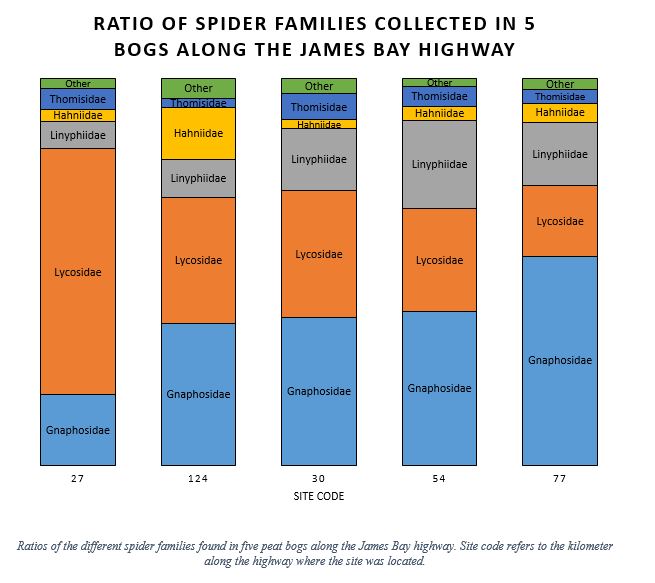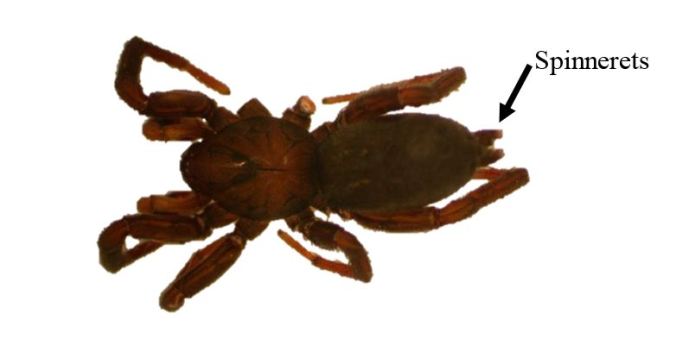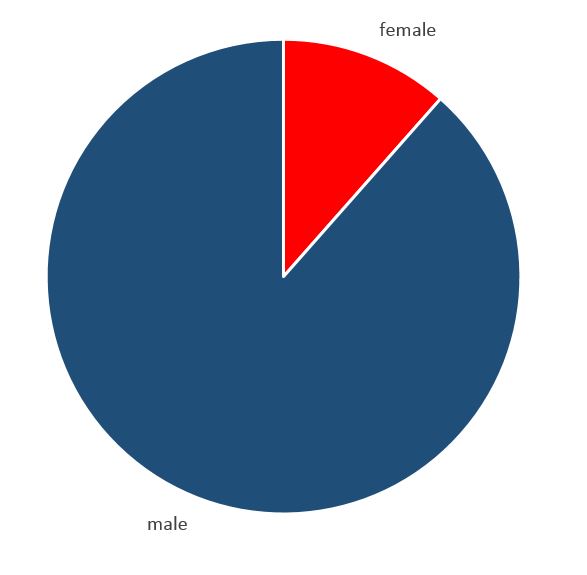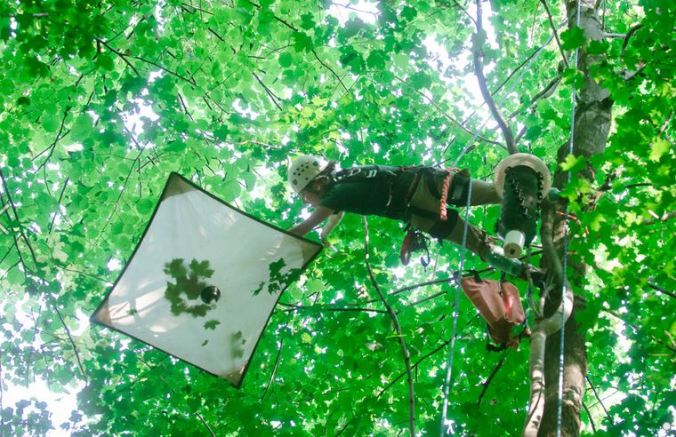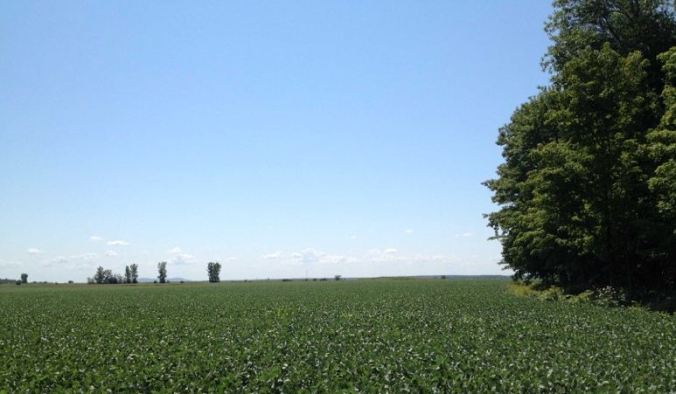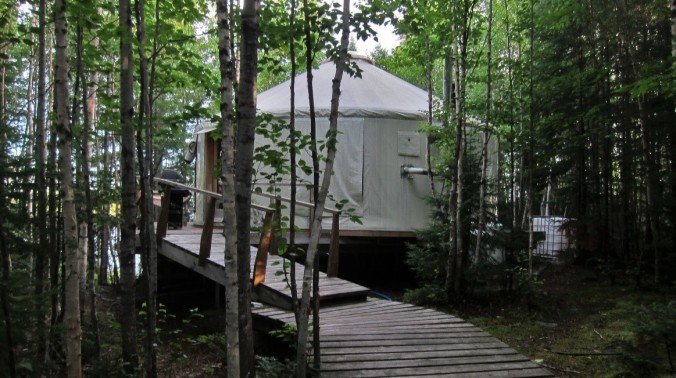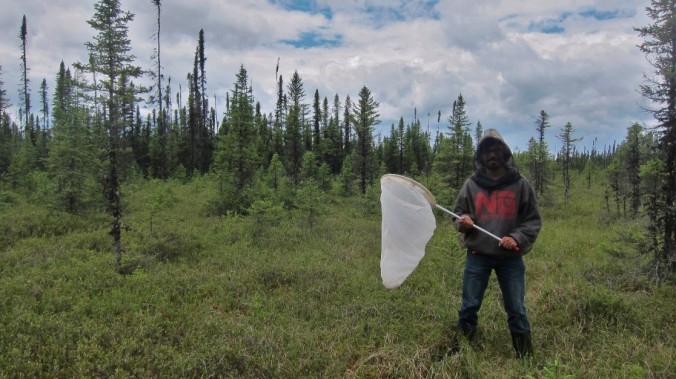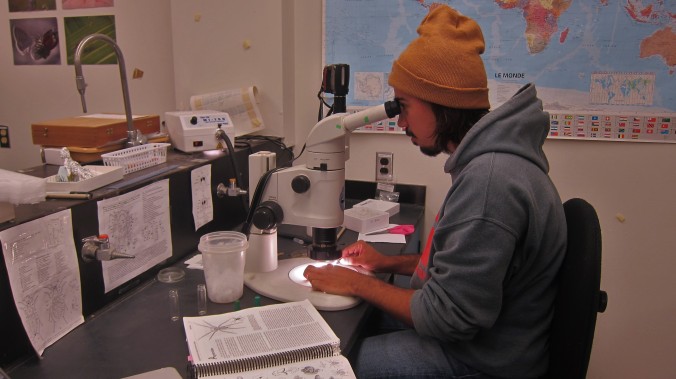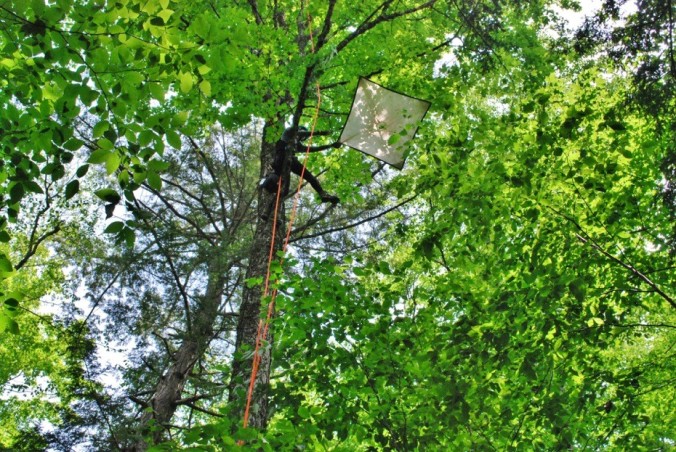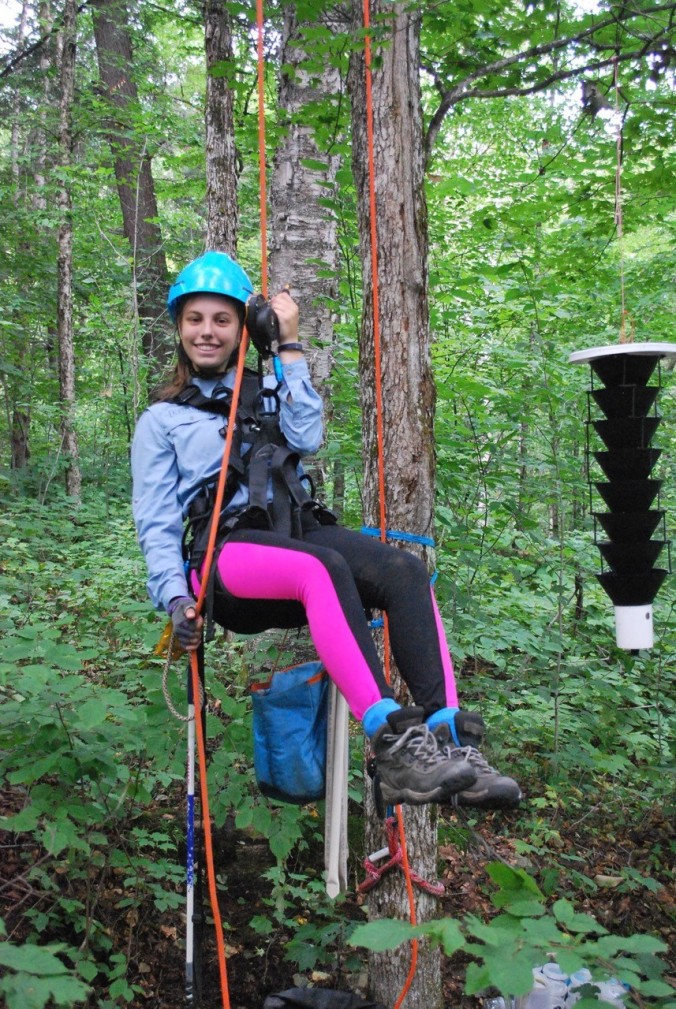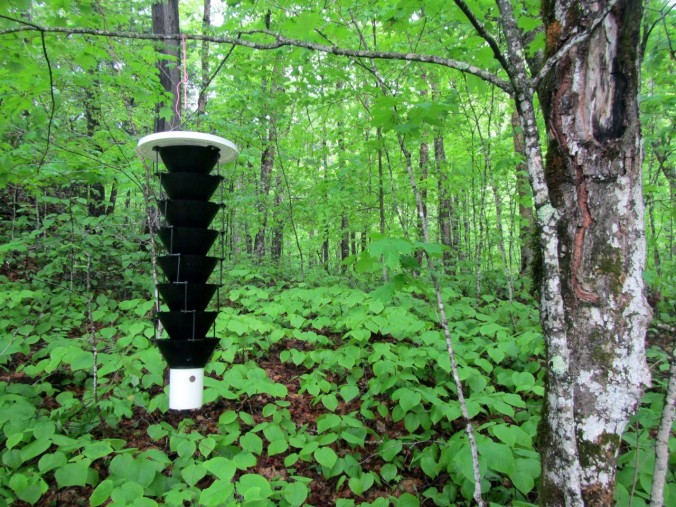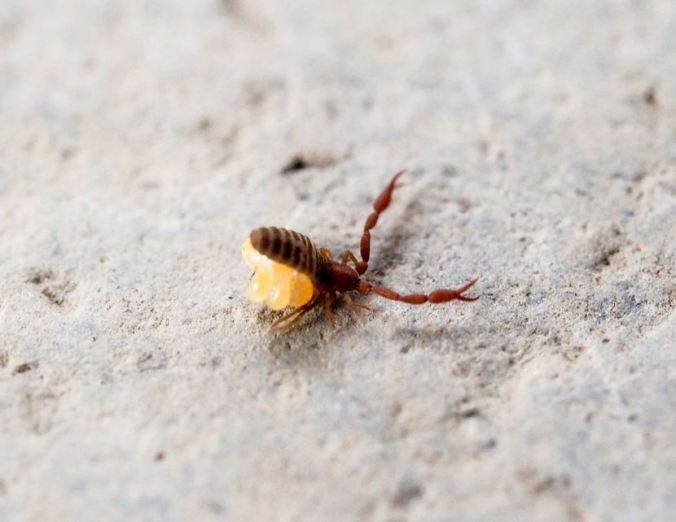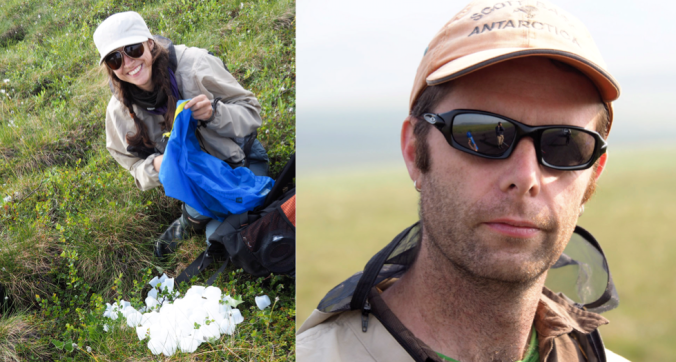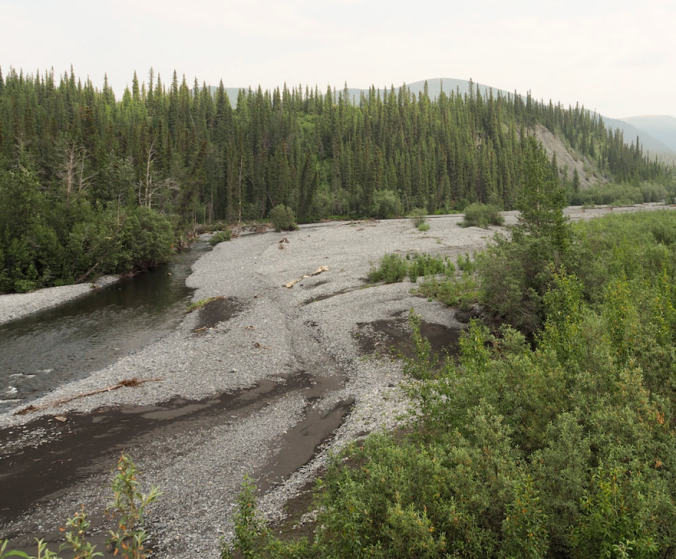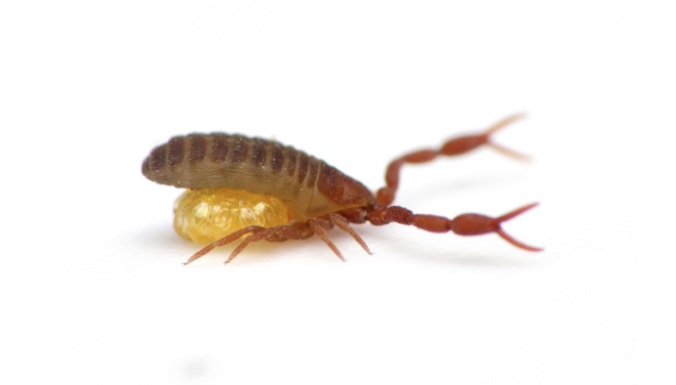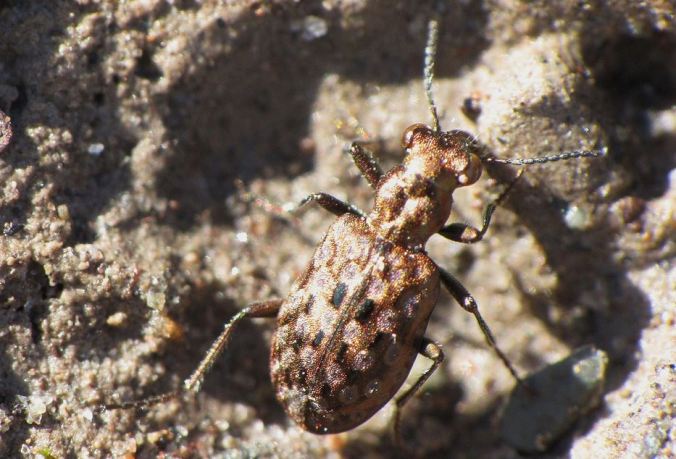Running a research lab* isn’t easy. I learned this the hard way last fall when I performed rather poorly on my lab safety inspection. At the time it seemed to be a low priority: cleaning up the lab always seemed less important compared to, for example, having a lab meeting. We have since done a major lab clean-up, and we are back on track (phew!), but the experience has made me think about the skills needed to run a lab. Hopefully this is of interest to some of you, especially early career researchers (ECRs), but I would also like experienced researchers to wade with comments and tips. This post will be more about the “nuts and bolts” of running a lab, but perhaps a future post can be about broader philosophies around being the head of a research lab.

Part of my lab - AFTER cleaning.
There are people in a lab. This means, as the head of a lab, you need to pay attention to human resources. This might be practical kind of stuff, like signing expense reports, or making sure students are getting paid when they are supposed to. But there are also many more complex things to think about, such as helping resolve arguments, or helping students through difficulties. You need to learn to listen, you need to navigate social dynamics, and be a good communicator. Make your expectations clear, and be sure that everyone is well aware of their roles and responsibilities. Work on ways to have a productive AND fun lab. Be sensitive to everyone’s different needs, and be open to change - operate on a principle of kindness. You will likely find yourself navigating some tricky situations so be sure to get help when you need it: there may be training available, or perhaps ask your Chair or a colleague about advice on being a good manager of human resources.
Organization
Running a lab is very much about being organized. There has to be a “plan” for all the different supplies, and space for everyone to store their samples, find the ethanol, or grab new Petri dishes. From the start it’s important to think about space needs in the long-term - anticipate how the lab might change in the future, and make sure there is room to grow. People need to feel that they have a “home” in the lab, whether it’s a desk or piece of a lab bench, and this requires careful assessment of space. I personally struggle with sample storage, and seem to squeeze old samples into various drawers, with a promise of getting rid of them (or putting them in long-term storage) after students have published their work. That promise is mostly broken, as it it easier to just store stuff and forget about it. ECRs: avoid this mistake! Stuff accumulates far too quickly. Be sure to label things too, including where to put supplies.

Safety and training
Don’t drink from the beakers; broken glass is dangerous. Stay on top of the safety rules at your institution: it’s easy to miss those emails, but as I learned, they are important. Top-down guidance about safety will show the lab members that safety is a priority not an afterthought. Know where to store chemicals, know about the eye wash stations, and make sure the first aid kit is stocked and ready. Know what needs to get stored where, and be ready when there is a call for hazardous waste disposal. Learn about MSDS, and be on top of the chemicals that may be present in your lab. As the head of a lab, you are indeed responsible for making sure your lab members have the appropriate training in the context of lab safety: whether it be WHIMIS, research ethics, or wilderness first aid, get your students signed up, and pay for the training. Don’t shirk this essential responsibility.

Permits
As the head of a lab, your name will likely be on all the research permits, and depending on your field of study, this can be a very big deal, and complicated. From collecting permits to animal care to biohazards, you need to guide your students through the permit process, from application to final reports. You have to be aware of deadlines, and know the ins and outs of the different requirements, especially when your work might cross jurisdictions. This can take an inordinate amount of time, but it requires the time commitment: lacking a permit can stall an entire research program. It’s essential to be proactive and prepared for permits. I certainly get my students to write the bulk of their own research permits, but a manager of a lab needs to facilitate this process.
Budgets and supplies
Running a lab means making sure there is a budget (i.e., you need a research grant!) to buy light bulbs for the microscope, flagging tape for field work, or medium for the agar plates. You need the money, and you need to know the process. The latter is not trivial: at my University some supplies are best bought using an internal purchasing system. Other places need just a credit card, or perhaps a purchase order. There are so many systems to learn, and each one probably needs a different password. It’s confusing and frustrating, and you have to stay on top of it. I keep a special file with all the details written out, and a hard-copy folder with old invoices - this way I can make sure to but the right sizes of things. Consistency is supplies is rather important!
Troubleshooting
Here are some things that have occurred in my lab over the years: weird smells from the sink. Lack of heat. Leaks from the ceiling. Power failures. Spider escapes**. Failing fridge. Failing freezer.
And the list goes on… Running a lab can be a lot about troubleshooting - you need to figure out who to call for what problem, and find a speedy resolution - otherwise you let down your grad students. Make a list of key people to get to know, from facilities to the local safety officer. Even better, post the list up in the lab, next to the telephone.
Ok, so there are certainly more things to know about running a lab, but hopefully the list provided is a start. Here’s the catch: almost everything I learned about running a lab was learned on the job. Despite attending some required workshops at the start of my career, I did not learn any real skills about running a lab. I was not trained to run a lab. Scientists must be taught to manage a lab.
That is a problem because a failure to run a lab properly has significant consequence for a lot of people! My students depend on the supplies that I have to buy, and they need to know what to do if there’s a chemical spill. Thankfully I had some good mentors when I was a grad student, and I managed to figure a lot of things out. However, I do think Universities need to do a better job helping hone the skills needed to run a lab; in many research fields, a successful academic career really depends on having a smooth-running lab, anything that can be done to help prepare ECRs for this would pay off.
In sum, I’m certainly a work in progress. Although I have some skills in research, I know that running a lab can be a real challenge for me, whether it’s forgetting to order supplies or checking the eyewash station weekly. I have learned to delegate a bit, and my grad students help me immensely at maintaining a safe and clean lab environment. I sure hope some of you can learn a bit from my own trials and tribulations… And please educate yourself, plan ahead, and know what it takes to run a lab well before you get the keys.
——-
Here are some other resources I’ve come across, related to managing a lab: from Genome Web, ASBMB, a post by Matt Welsh, and a Reddit thread on the topic
——-


